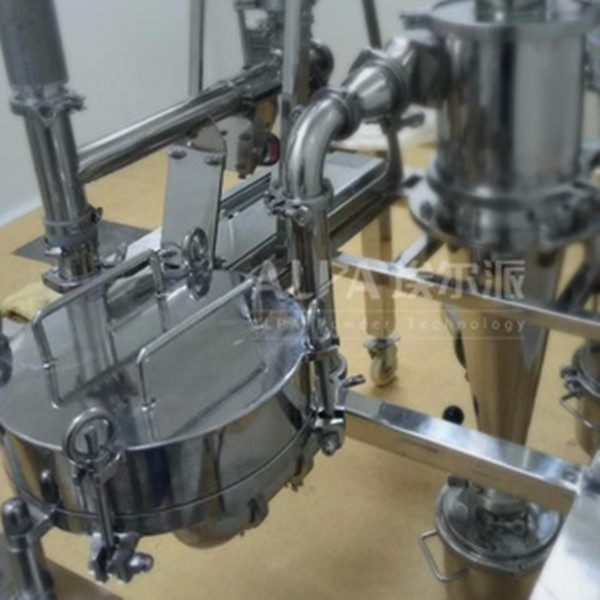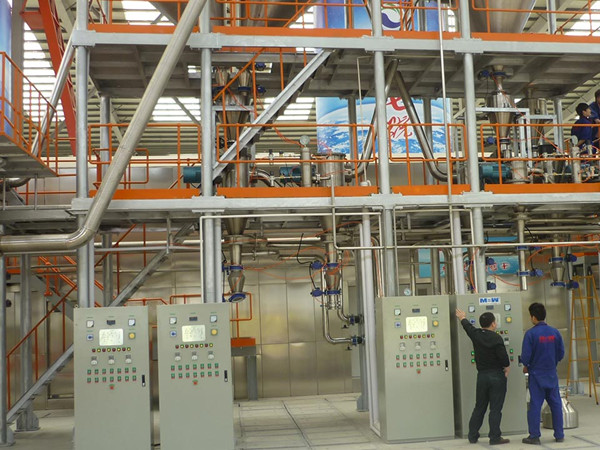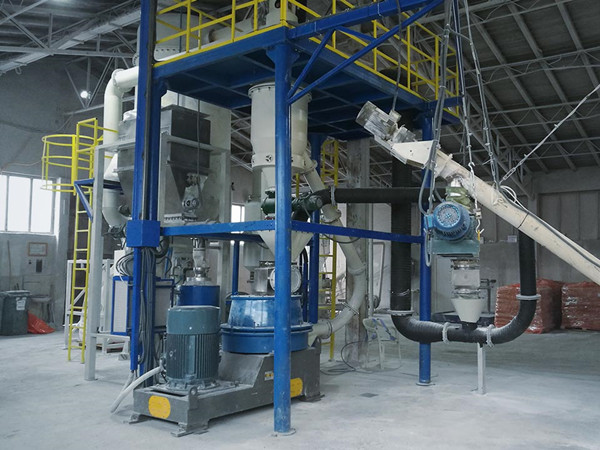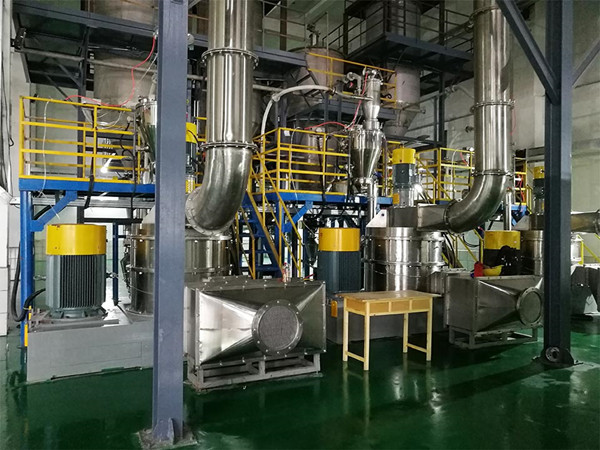An atmosphere of a hand-made soap (or soap) is gradually being popular. Handmade soap is a very interesting DIY job, difficult moderate, conditional requirements are not high, and closely related to everyday life, students who like to do it may try it. However, there are also some articles on the Internet, claiming this kind of cold process, hand-made "cold soap", more beneficial to health than industrialized soaps.
For example, there are many natural beneficial components, rich in moisturizing factors, more gentle skin, these sayings? What is soap?
Simply, whether it is industrial or hand-made, soap is all useful Oil "and the product after chemical reaction. Specifically, there is a saponinated reaction to sodium fatty acids from fatty acids with sodium hydroxide (NaOH, also known as pernas, caustic sodium, is a basic substance). A simple reaction can be represented as: fatty acid trifylide + sodium hydroxide → sodium fatty acid + glycerol herein, which is actually a very large category, at least two types of saturated fatty acids and unsaturated fatty acids, The former, such as a lar, butter, the latter has olive oil, coconut oil, etc. The soap acts to wash the stains, which is sodium fatty acid. Therefore, the quality of sodium fatty acid is directly related to soap contamination ability. In actual production, soap (soap) formula is often very complicated, and the raw materials used are several or more mixtures of fatty acids, in order to obtain better decontamination effects and skin contact feelings.
"Cool soap" and industrial soap have some so, since it has passed the same saponification reaction, where is the difference between hand-cold soap and industrial soap?
Let's first take a look at the typical preparation method of manual cold soap. A certain amount of base oil (ie, fatty acid ester), sodium hydroxide, and water; then slowly dissolve the sodium hydroxide in water and stir well; after heating the base oil to 60 ° C, slowly pour it slowly In the aqueous sodium hydroxide solution, it is not allowed to stir, and then stirred after 15-20 minutes after fell, and the temperature is between 40-50 ° C during the entire stirring process. Subsequently, the paste poured into the mold naturally cooled, placed in a cool ventilation, 4-6 weeks, it can be demolded. Typical industrial manufacturing soap basic processes typically industrially manufactured basic processes, add fatty acid esters, sodium hydroxide aqueous solutions to the reactant (just a large metal jar), steamedThe steam is heated to water boiling, and reacted at a strong mechanical stirring for dozens of minutes to an hour, the resulting product was washed, layered, slit, dry and cooled, and dried the soap group after drying and cooled. , After the tablets, melts, add spices and other ingredients (such as disinfectants, moisturizing agents, etc.), then poured into the mold, release, and ground after being ground. Comparison of the two processes, it is not difficult to see that the biggest difference is the temperature of the saponified reaction: hand-made soap is below 60 ° C, and industrial soap is often around 90-105 ° C.
The difference in temperature directly affects the reaction rate. Most chemical reactions are, the higher the temperature, the faster the reaction, which is roughly, the temperature is 10 ° C, the reaction rate is about double. That is, during hand-made soap, the speed of the entire reaction is very slow, and the saponification reaction is not completed in two or 30 minutes, while the industrial soap process ensures that most raw materials are converted to the product. Another factor affecting the rate of reaction is the uniformity of the reactant. It is not difficult to understand that the oil and water in the beaker are generally divided into two layers, which is chemically called "uniform phase". If the two substances are needed, they need to be fully contacted and reactive. Strong agitation.
Obviously, when hand-made soap, hold glass rod to stir, its efficiency is much more efficient than mechanical stirring pads driven in industrial soap; if the electric drill is used as a blender, it will be better, but at low temperatures, reactants The viscosity is large (a paste), and the agitation effect is still not possible to compare with the reactor.
"Cool soap" is less alkaline? Many people think that handmade soap is more gentle. So, what is the slow response, what does it mean?
This means that compared with industrial soap, it has not been able to react completely, and it still contains a lot of raw materials that have not been reacted, including you. "Base oil" and sodium hydroxide placed in. Sodium hydroxide is a very basic substance, which rapidly stimulates and chemically burns after contact with human skin, which will cause severe pain after contacting the eyes. In order to avoid this terrible consequence, all hand-cooled soaps will mention "Placing several weeks waiting for maturity", non-fact that residual raw materials continue to perform unfinished saponified reactions at room temperature. Unfortunately, as mentioned earlier, the handmade soap in "Placing" is not willing to completely react, because the saponification reaction at room temperature is slower than 50 ° C. More unfavorable isAt this moment, soap has solidified into the contact area between the solid, the oil and sodium hydroxide is much smaller than the liquid state, further reduces the rate of the reaction.
Therefore, even after a few weeks, there may be a small amount of sodium hydroxide without reacting and remain in soap. Take this soap to wash your face with a strong alkaline substance, how can it be more gentle than industrial soap? Is it more natural and nutritious? Some network emphasizes that manual soap has retained by-products - glycerin, which "Pure Natural Glycerin" is an important substance of skin moisturizing. But in mind, most people are washed with soap to wash the face, and the process of this is washed away from the glycerol from the foam, and its moisturizing effect is not necessarily effective.
Some networks also said that the temperature in the process of industrial soap is high, which will destroy some natural nutrients added. This problem does not exist. In industrial soap, there are generally more materials such as flavors, plant extracts, glycerol and other substances, but not in the process of saponification, but in the process of flushing, the temperature is completely controlled. 60 ° C should not be higher than the temperature of handmade soap. In contrast, there is a large amount of strong base in the process of handmade soap, these spices and "natural nutrients" are likely to react, decompose, decomposed, and destroyed degree of destruction of the sodium hydroxide.
PH test strip detection of handmade soap pH, from the above introduction, it is not difficult to see that the content of strong alkaline substances in hand-free soap is often higher and cannot be accurately detected, and it is not necessary to have a good idea. If you want to use it to wash your face, it is best to place more time. In addition, if you want to detect the pH of the handmade soap with pH test strips, you may wish to drill a few small holes in different parts of the soap, and then taking the sample and then test, which will be more accurate than only one place. Of course, the hand-made soap process itself can bring a lot of fun, and occasionally do not do it.
 API ultrafine pulverization production line for a pharmaceutical company in Guangdong
API ultrafine pulverization production line for a pharmaceutical company in Guangdong
 A Mining Group in Shandong Province: New Tin Powder Production Line
A Mining Group in Shandong Province: New Tin Powder Production Line
 A heavy calcium carbonate ball milling and grading + modification production line in a mineral facto
A heavy calcium carbonate ball milling and grading + modification production line in a mineral facto
 Quartz powder ball mill and air classifier production line in a mineral factory in Shandong
Quartz powder ball mill and air classifier production line in a mineral factory in Shandong
 3M new material factory: Resin grinding mill production line
3M new material factory: Resin grinding mill production line